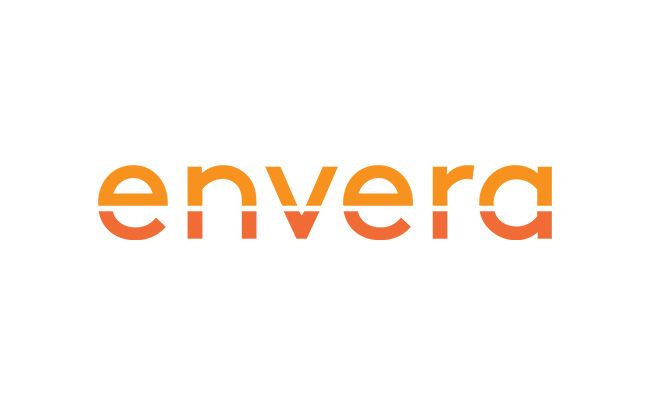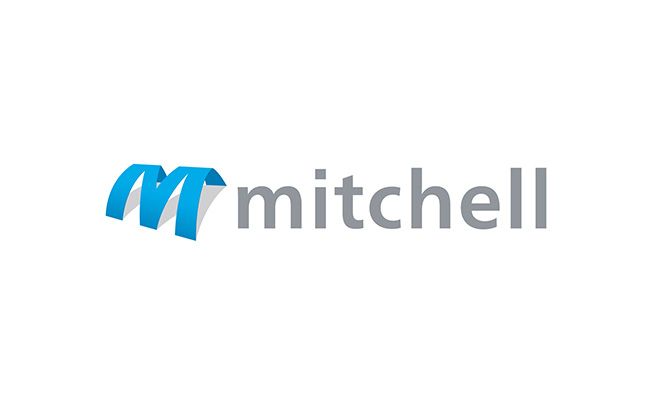CXOne Personal Connection
- Introduction
- Why Access Management Matters in Contact Centers
- Core Principles of Contact Center Access Management
- Key Systems Requiring Access Control Integration
- Architecture of Secure Access Management
- Security and Compliance Frameworks Supported
- Architecture of Secure Access Management
- Implementation Steps for NiCE Clients
- Final Thoughts
Introduction
Modern contact centers operate at the intersection of real-time interaction, sensitive customer data, and cross-functional systems. From agents retrieving case data, to supervisors auditing transcripts, to bots accessing CRM records—data sharing and access control are central to secure and efficient CX operations.Without strict controls, organizations face compliance violations, data breaches, and trust erosion. With poorly implemented restrictions, productivity and resolution speed suffer. The solution is a scalable access management model that ensures every system, user, and process has the right access at the right time—no more, no less.This guide outlines the access control principles, technical architecture, and governance models NiCE uses to deliver secure data sharing across global contact centers.Why Access Management Matters in Contact Centers
1. Protects Sensitive Customer Data
Contact centers handle PII, payment info, health records, and account data. Access must be controlled based on job role, geography, and compliance scope.Example: A healthcare support agent in the U.S. must not view EU customer records unless explicitly permitted under GDPR exceptions.2. Enables Real-Time, Role-Based Productivity
Over-restriction slows agents down. Intelligent access control allows agents and bots to retrieve just enough data to complete a task—without creating risk.Example: A bot can verify shipping status but not view the full account number.3. Ensures Auditability and Compliance
Regulations like PCI-DSS, HIPAA, and GDPR require fine-grained audit logs of who accessed what, when, and why.Example: A supervisor accessing call recordings must have elevated permissions and be logged for audit review.4. Supports Multichannel, Multi-Role Workflows
Agents, bots, supervisors, analysts, and AI models all need tailored access to data from CRMs, knowledge bases, recordings, transcription engines, and more.Core Principles of Contact Center Access Management
1. Role-Based Access Control (RBAC)
Defines access permissions based on job function.Roles might include:- Agent (voice, digital)
- Supervisor
- QA analyst
- Bot/automation layer
- Admin/IT
- External BPO partner
2. Attribute-Based Access Control (ABAC)
Adds contextual controls based on attributes like location, device type, or interaction risk level.Example Rules:- "Only allow access to recordings tagged as ‘high risk’ from managed corporate devices."
- "Prevent export of chat transcripts for agents working remotely after 6pm local time."
3. Just-In-Time Access (JIT)
Temporary, time-limited access to sensitive data, typically during escalation workflows.Example: An escalation triggers a supervisor to be granted 10-minute read/write access to a customer’s full case file.4. Least Privilege Enforcement
Each role is granted only the minimum access necessary to perform its duties, reducing blast radius in case of compromise.5. Data Minimization for AI and Automation
When bots or models access data, ensure only non-identifiable or relevant fields are available.Example: Agent Assist tools use sanitized transcripts for live suggestions but do not store or share raw audio.Key Systems Requiring Access Control Integration
Architecture of Secure Access Management
1. Centralized Identity & Access Management (IAM)
Supports SSO, federated identity (SAML/OIDC), MFA, and token-based access.Example: All access policies enforced via Azure AD, Okta, or AWS IAM for APIs.2. Access Policy Engine
Evaluates user role, attributes, and access context to allow or deny each request.Policy Conditions Might Include:- Geo-location
- Interaction type (voice, chat, bot)
- Sensitivity score
- Time-of-day
3. Real-Time Audit Logging and Alerting
Tracks access attempts, failures, anomalies, and changes to permissions.Alert Examples:- Unusual data download behavior
- Supervisor accessed more than 100 records in an hour
- Role escalation outside of standard approval process
4. Data Masking and Redaction Layer
Masks or removes sensitive data before it reaches the UI or downstream systems.Examples:- Show only last 4 digits of account numbers
- Redact PII from transcription data viewed by AI tools
Security and Compliance Frameworks Supported
- PCI-DSS: Restrict and monitor access to cardholder data
- HIPAA: Protected health information controls + audit trail
- GDPR: Data minimization, right to restrict access, data sovereignty
- SOC 2 Type II: Access governance and change management
- FedRAMP (if required): Controlled access in U.S. government environments
Architecture of Secure Access Management
Use Cases by Persona
Agents- Access only their assigned cases
- See limited PII, depending on call context
- Cannot export or delete data
- View team transcripts, performance, and interactions
- Request temporary access for escalations
- Read-only access to certain fields
- Use pseudonymized or hashed data
- Restricted dataset by geography or segment
- No system-level admin access or export rights





